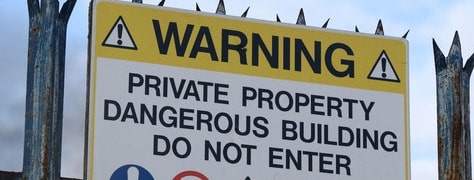
Questions remain on new Zoned Land Tax
Lawyers at Fieldfisher say that much is still not known about how the Zoned Land Tax (ZLT), announced in the budget last week, will operate.
The measure, aimed at boosting the supply of housing, is intended to replace the current Vacant Site Levy (VSL). It will have a starting annual rate of 3% on the market value of land.
In a note on the firm’s website, Paddy Smyth and Neil Dineen point out that the new tax will affect any land zoned and serviced for housing – no matter how small.
Recovery rate
The current levy on vacant sites affects only sites larger than 0.05 hectares. The lawyers say that this restriction excluded many smaller urban sites that could play a role is facilitating rapid housing construction.
The current rate of the VSL is 7%, but it also started at a rate of 3% when it was introduced in 2018.
The Fieldfisher lawyers say that the recovery rate on the VSL has been “very poor”, adding that the Government’s decision to have the new tax collected by Revenue, rather than local authorities, shows its intention to achieve a higher level of recovery.
For the ZLT to apply most of the site must be:
- Vacant or idle for in excess of 12 months,
- Zoned for residential or regeneration purposes,
- In an area in need of housing.
What is a ‘serviced’ site?
The Fieldfisher lawyers say that there are many questions about the administration of the new tax, and the system of valuation and appeals.
They also believe that it may be “problematic” to set a test that would determine whether a site is in an ‘area in need of housing’.
The lawyers also raise questions about what represents a ‘serviced’ site: “Would that include any site that directly connects into the public roads and services – regardless of the adequacy of the public roads and/or utilities in the specific area?” they ask.
“Would sites that require a right of way, or wayleave from a third-party land-owner, be excluded entirely on that basis, or will there be an obligation on landowners to demonstrate that efforts have been made to secure such rights?” the lawyers add.